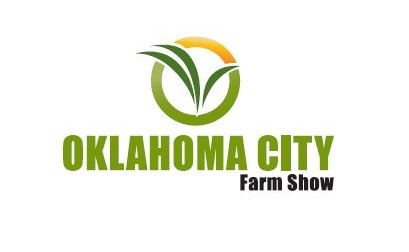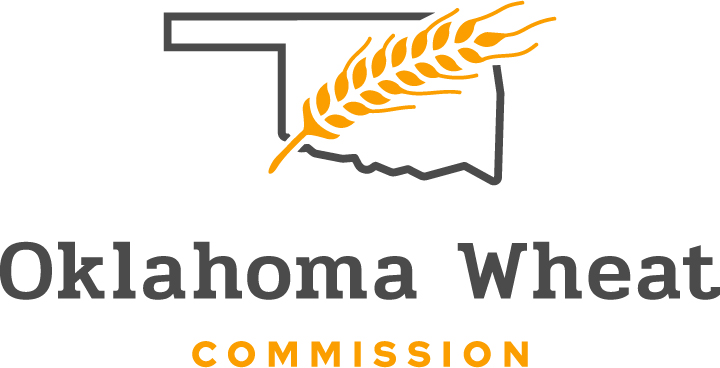
Agricultural News
Latest USDA World Ag Supply And Demand Estimates Neutral For The Market Says Allendale's Rich Nelson
Fri, 11 Sep 2020 15:39:48 CDT
The September USDA World Ag Supply and Demand Estimates report indicates little to no change from August for many of the commodities.
Radio Oklahoma Ag Network Associate Farm Director, KC Sheperd spoke with Rich Nelson, Chief Strategist at Allendale and he said the report is considered "neutral" for the market.
The USDA did cut about a half million acres off the harvested corn projection and dropped yields to 178.5 bushels per acre, Nelson said.
The report stated the 2020/21 U.S. corn outlook is for reduced production, lower corn used for ethanol, larger exports, and smaller ending stocks. Corn production is forecast at 14.9 billion bushels, down 378 million from last month.
Corn supplies are reduced from last month, as a smaller crop more than offsets greater beginning stocks mostly due to lower estimated exports for 2019/20.
Corn used for ethanol for 2020/21 is lowered 100 million bushels based on the continued slow recovery in motor gasoline demand as a result of COVID-19.
Nelson said it is a similar story with soybeans.
U.S. soybean supply and use changes for 2020/21 include lower beginning stocks, production, and ending stocks.
Lower beginning stocks reflect increases in exports and crush for 2019/20.
Soybean production is projected at 4.3 billion bushels, down 112 million on a lower yield forecast of 51.9 bushels per acre. Yield is down 1.4 bushels per acre from the August forecast.
Some could argue the numbers are neutral as they are close to trade estimates, Nelson said.
The USDA left wheat numbers unchanged, Nelson said, as we will get new estimates later this month.
They did recognize dryness in Argentina offset by increased production from Australia and Canada, Nelson said.
The 2020/21 global wheat outlook is for larger supplies, increased consumption, greater exports, and higher stocks.
Nelson said it's hard to gauge this report's impact on exports and trade as the USDA numbers do not reflect potential exports until they actually happen.
On a related note, the African Swine Fever outbreak in Germany could be positive for the U.S. market as they are the largest pork exporter in the EU.
Looking ahead to next month's report, Nelson said for corn, typically a dry August gives lower yield numbers in September but yields often kick back up once the combines start rolling.
With soybeans, a dry August actually does relate to lower yields in September, so he expects tighter numbers next month.
To view the September USDA WASDE report, click here.
Click on the Listen Bar below to here more of KC's interview with Rich Nelson.
WebReadyTM Powered by WireReady® NSI
Top Agricultural News
More Headlines...




